The wholesale giant partnered with Electrify America to install DC chargers capable of up to 350 kW in three states.
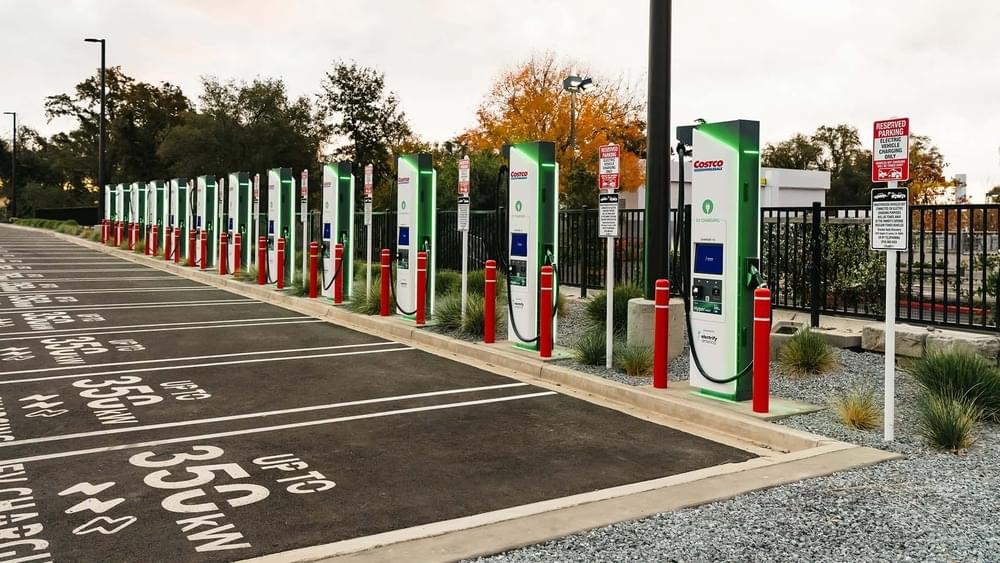

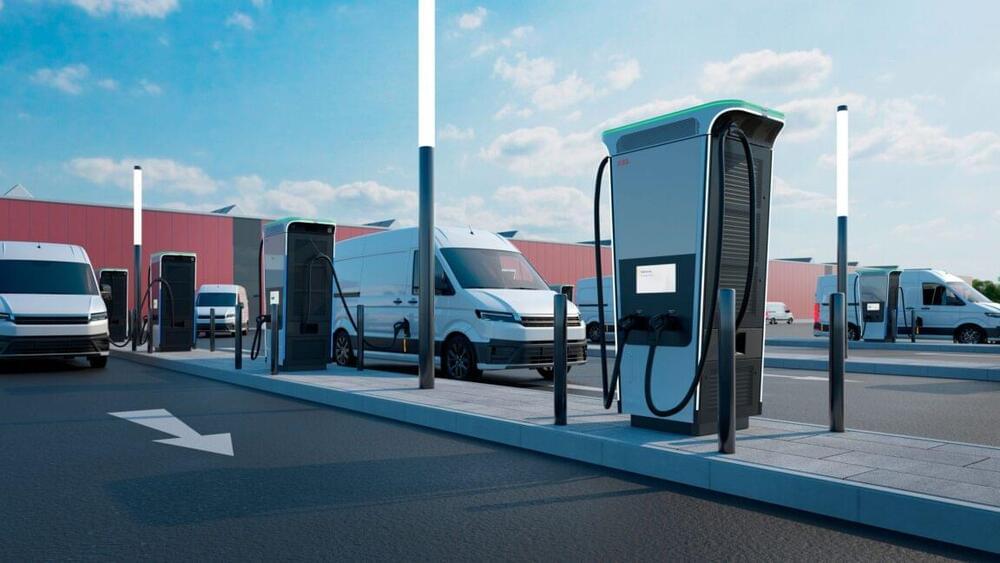
That means digging all the trenching and building out all the electrical distribution equipment on site, if not all the chargers, with a microgrid that’s capable of working as well in the future with 12 MW of power as it does with just 4 MW.
“I think this is the same challenge that all of these large sites are facing—it takes an extremely long time to get the power from the utility. Meanwhile, you don’t need it immediately. So how do you create this sort of staged future-proof solution where you’re not having to open the roads multiple times? You want one construction phase and you want that site to support the future demand,” Putignano said.
For fleets that need their own private charging infrastructure, there are other things to think about, too. Energy management solutions are as important here—microgrids as well as battery storage and battery-buffered chargers will play an important role, for example. But not every energy management solution is charger-agnostic, and the collapse of charger manufacturers like Juicebox and Tritium highlight the perils of being stuck in a walled garden belonging to a dead company.
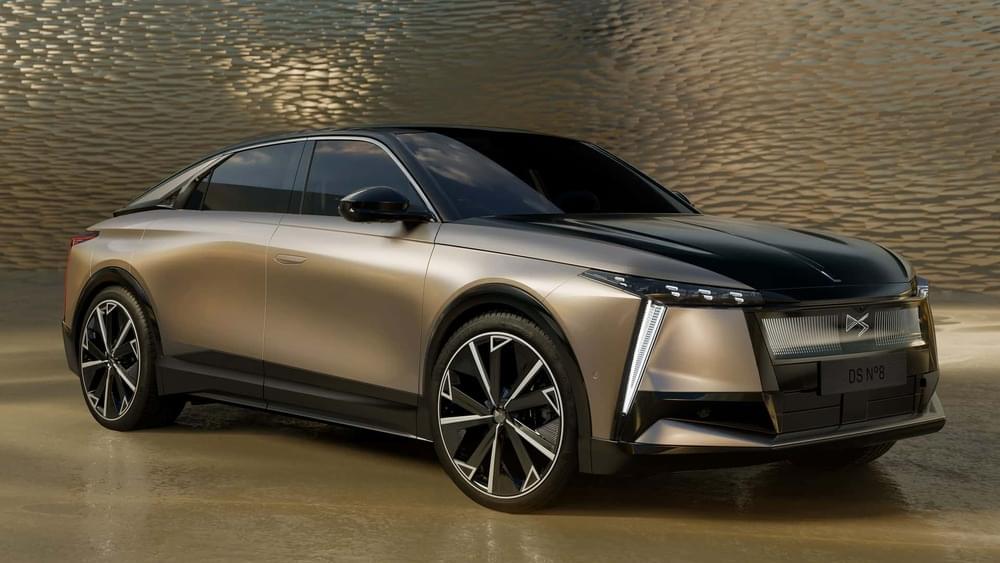

Hubble Finds Two Exoplanets Covered in Oceans 1,000 Miles Deep, Possibly Hiding Exotic Forms of Life.
Using data from the Hubble telescope, scientists have discovered two exoplanets, Kepler-138c and Kepler-138d, which appear to be “water worlds” with oceans potentially as deep as 1,000 miles. These planets, located 218 light-years away, are unlike any in our solar system, with low densities suggesting that they are primarily composed of water. Though they may not have surface oceans like Earth, the atmosphere on these planets could be made of steam, with high-pressure liquid water existing beneath. This breakthrough raises new questions about the habitability of exoplanets.

A NASA study using a series of supercomputer simulations reveals a potential new solution to a longstanding Martian mystery: How did Mars get its moons? The first step, the findings say, may have involved the destruction of an asteroid.
The research team, led by Jacob Kegerreis, a postdoctoral research scientist at NASA’s Ames Research Center in California’s Silicon Valley, found that an asteroid passing near Mars could have been disrupted—a nice way of saying “ripped apart”—by the red planet’s strong gravitational pull.
The paper is published in the journal Icarus.

A small team of AI researchers at Adobe Inc., working with a colleague from Auburn University and another from Georgia Tech, has developed a small language model (SLM) that they claim can be run locally on a smart phone with no access to the cloud. The group has written a paper describing their new app, which they call SlimLM, and have posted it to the arXiv preprint server.
As LLM technology continues to mature, researchers across the globe continue to find new ways to improve it. In this new effort, the research team has found a way to cut the cord for a specific type of AI application—processing documents locally.
As LLMs such as ChatGPT become more popular, users have become more worried about privacy. And it is not just individuals—companies large and small have adopted AI applications that assist with a variety of business processes, some of which require a high degree of privacy.
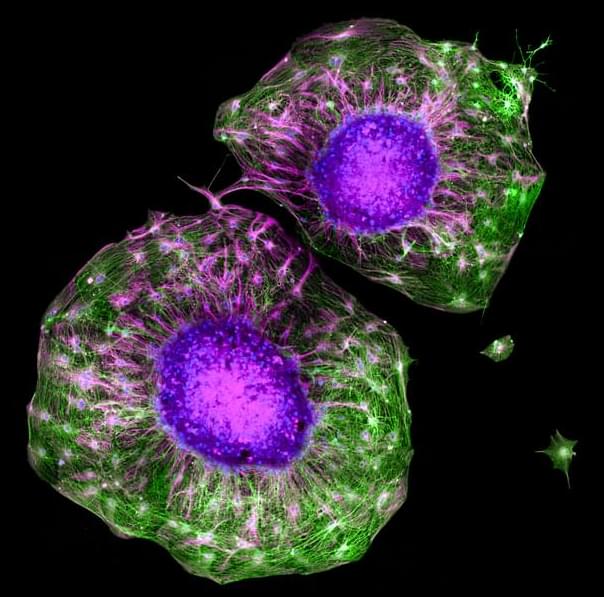
The findings suggest that biochemical and physical effects of exercise could help heal nerves. There’s no doubt that exercise does a body good. Regular activity not only strengthens muscles but can bolster our bones, blood vessels, and immune system.
Now, MIT engineers have found that exercise can also have benefits at the level of individual neurons. They observed that when muscles contract during exercise, they release a soup of biochemical signals called myokines. In the presence of these muscle-generated signals, neurons grew 4X farther compared to neurons that were not exposed to myokines. These cellular-level experiments suggest that exercise can have a significant biochemical effect on nerve growth.
Surprisingly, the researchers also found that neurons respond not only to the biochemical signals of exercise but also to its physical impacts. The team observed that when neurons are repeatedly pulled back and forth, similarly to how muscles contract and expand during exercise, the neurons grow just as much as when they are exposed to a muscle’s myokines.
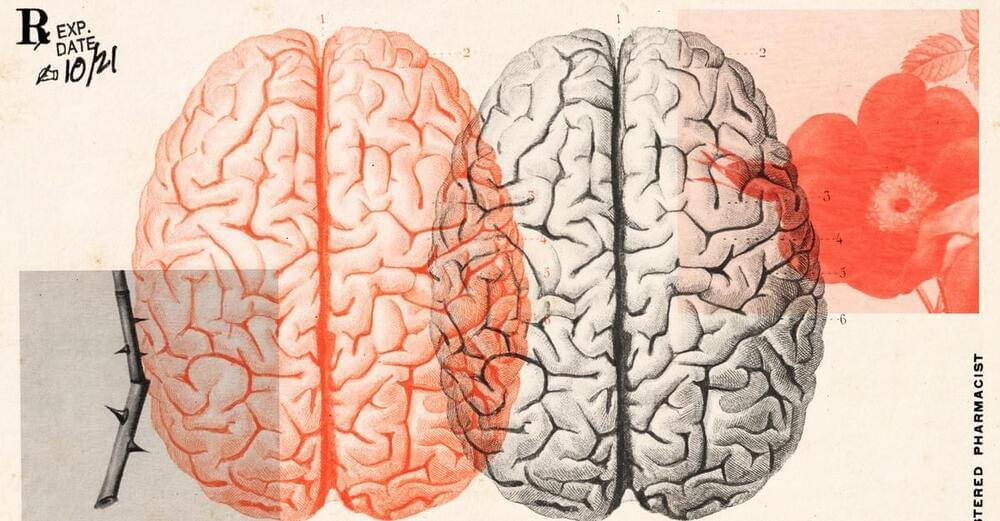

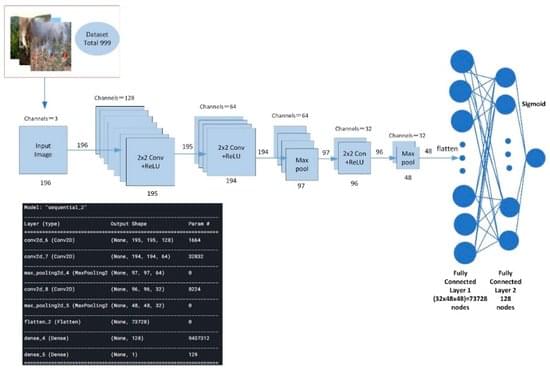
To reduce the loss induced by forest fires, it is very important to detect the forest fire smoke in real time so that early and timely warning can be issued. Machine vision and image processing technology is widely used for detecting forest fire smoke. However, most of the traditional image detection algorithms require manual extraction of image features and, thus, are not real-time. This paper evaluates the effectiveness of using the deep convolutional neural network to detect forest fire smoke in real time. Several target detection deep convolutional neural network algorithms evaluated include the EfficientDet (EfficientDet: Scalable and Efficient Object Detection), Faster R-CNN (Faster R-CNN: Towards Real-Time Object Detection with Region Proposal Networks), YOLOv3 (You Only Look Once V3), and SSD (Single Shot MultiBox Detector) advanced CNN (Convolutional Neural Networks) model.